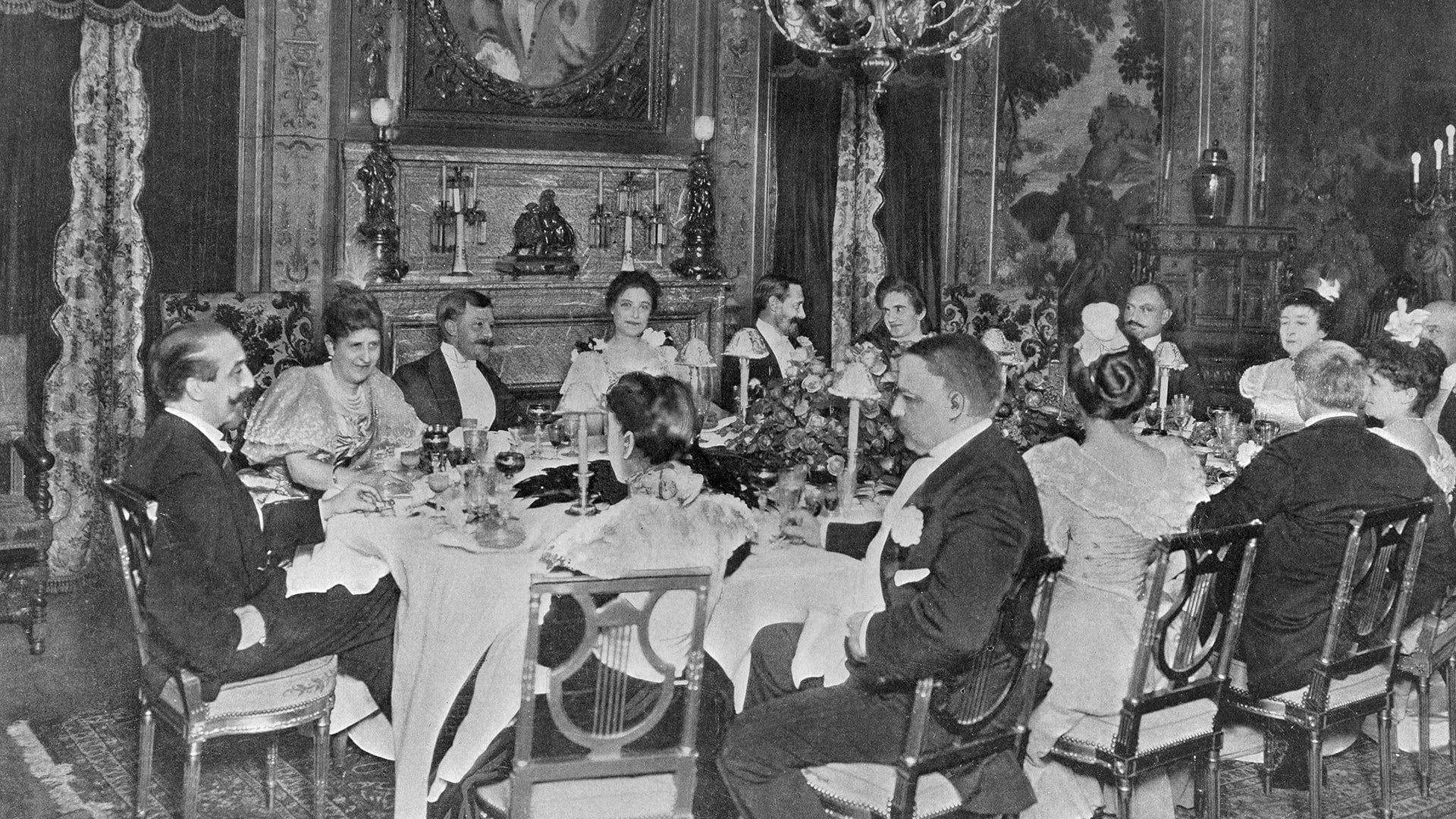Why Your Great-Grandchildren Won’t Be Billionaires

In 1877, Cornelius Vanderbilt had a dying wish: “Keep the money together.”
He might as well have asked water to flow uphill. Within a few generations, one of history’s greatest fortunes had largely evaporated. The mansions were demolished or turned into museums. The railroad empire slipped from family control. The descendants became known more for their divorces than their business acumen.
This seems puzzling. The Vanderbilts started with advantages that would make a Silicon Valley founder weep: $100 million in 1877 dollars (over $2.5 billion today), an established business empire, the best education money could buy, and social connections spanning continents.
How do you mess that up?
The Efficient Market Hypothesis of Inherited Wealth
You’re a third-generation Vanderbilt in 1920. You have two options:
- Work 80-hour weeks managing a complex railroad business in an increasingly competitive market
- Live off your inheritance while hosting elaborate parties in your 70-room summer “cottage” in Newport
This isn’t about laziness. Option #1 requires rare skills and endless stress for marginal gains (you’re already rich!). Option #2 lets you enjoy life while investing conservatively. A perfectly rational actor might choose #2.
This creates an asymmetry: Building wealth requires intense focus and risk-taking. Maintaining wealth suggests conservative strategies. But conservative strategies rarely beat inflation and taxes over multiple generations. The skills that build fortunes aren’t the same skills that preserve them.
The Darwinian Dead End of Social Climbing
The Vanderbilts didn’t just want money — they wanted status. This led to some questionable optimization targets:
- Building unsustainable architectural flexes (The Breakers cost $12 million in 1895 dollars to maintain… per year)
- Marrying into European nobility (Consuelo Vanderbilt’s forced marriage to the Duke of Marlborough)
- Competing to throw the most lavish parties (Alva Vanderbilt’s infamous 1883 costume ball)
The family optimized for 19th-century social status markers that became evolutionary dead ends. By the time Gloria Vanderbilt was selling designer jeans in the 1970s, the social landscape had completely shifted.
The Curse of Optionality
The first Vanderbilt had one path: work obsessively or stay poor. His great-grandchildren had infinite options: business, art, socializing, travel, philanthropy. This sounds great, but unlimited choice can be paralyzing. When you can do anything, it’s hard to do the one thing needed to maintain an empire.
Some numbers tell the story: The original $100 million fortune would be worth roughly $185 billion today if it had simply tracked the S&P 500. Instead, by 1973, the entire family held a reunion where not a single attendee was a millionaire.
What Does This Tell Us About Wealth?
Modern billionaires seem to have learned from the Gilded Age. Bill Gates and Warren Buffett pledge most of their wealth to charity. Tech founders often stay operational in their companies well past any financial need. The message seems clear: vast fortunes require active management by skilled operators.
But perhaps the Vanderbilt story suggests something deeper: wealth, like entropy, naturally disperses over time. It takes constant energy to keep it concentrated. The real surprise isn’t that the Vanderbilts lost their fortune — it’s that anyone expected them to keep it.
This brings us back to the Commodore’s dying wish. “Keep the money together” might be like asking your descendants to keep a perpetual motion machine running. The laws of social physics — regression to the mean, the division of inheritances, the tendency of wealth to scatter — make it nearly impossible.
The American Dream was never about preserving wealth.
It was about creating it.
In that sense, maybe the Vanderbilts didn’t fail at all — they just completed the cycle.
Discussion